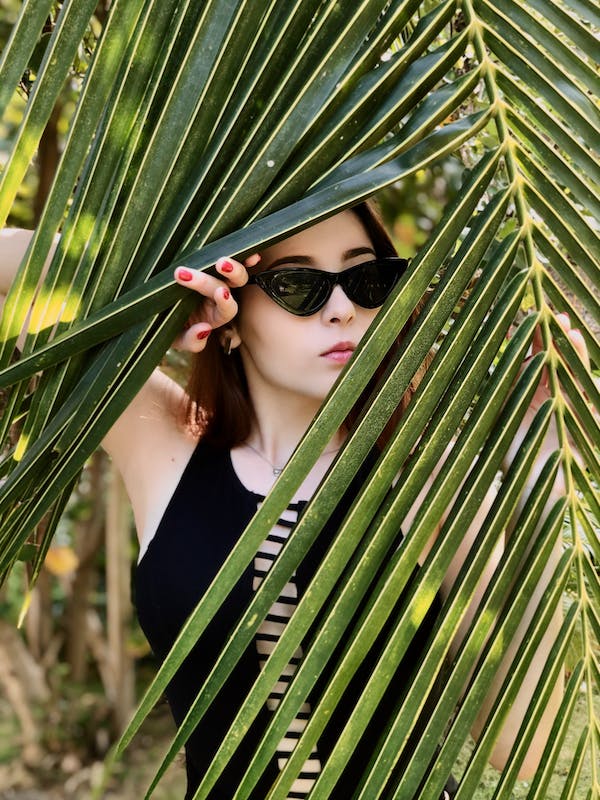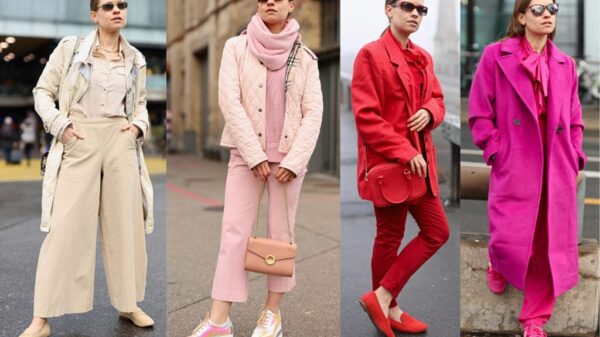Fashion has always been a reflection of society’s culture and attitude. From medieval gowns to bohemian skirts, every era has its own unique style that defines it. On the other hand, modern trends are constantly evolving with each passing day. Whether you’re a fashion enthusiast or someone who’s just curious about how fashion has evolved over time, this blog post is for you! Get ready to take a trip down memory lane as we explore the fascinating history of fashion through the ages – from vintage classics to cutting-edge styles that define our world today.
Introduction to Fashion Through the Ages
Fashion is often thought of as a modern concept, but its history dates back centuries. Styles have changed drastically over time, but there are some common themes that have emerged throughout the ages. In this article, we’ll take a look at some of the major fashion trends from vintage to modern times.
Vintage fashion is characterized by styles from a particular era or period. The term can refer to clothing, accessories, or even furniture and home decor. Vintage style is often associated with a specific time period, such as the Victorian era or the Roaring Twenties. However, it can also include more generalized looks that evoke a certain feeling or atmosphere.
Modern fashion is constantly evolving and can be hard to define. It often takes cues from vintage styles, but it also incorporates many new and unique elements. Modern fashion is usually more experimental and forward-thinking than traditional styles.
Trends come and go in both vintage and modern fashion, but there are some enduring classics that always remain in style. These timeless pieces are often inspired by iconic looks from history and can be worn again and again for years to come.
Historical Context of Fashions
Fashions are always changing, and what is popular today may be out of style tomorrow. But where do these trends come from? Many of today’s fashions have their roots in the past. Here is a look at some of the historical context of fashion trends:
The pioneers who settled the American West in the 1800s had to make do with whatever they could find or make themselves. This led to a unique fashion style that was a mix of frontier practicality and Victorian-era refinement.
The Civil War was a major turning point in fashion history. During the war, both women and men began to dress more simply, as elaborate clothing became impractical. This trend continued into the early 20th century, when people began to embrace a more “natural” look.
The Roaring Twenties were a time of great change, and this was reflected in the fashions of the day. Hemlines rose and waistlines dropped as women embraced their newfound freedom. Men also began to experiment with bolder styles, such as brightly colored suits and fedoras.
The 1930s were a difficult time for many people, but Hollywood helped to keep spirits high with its glamorous movie stars. Women wanted to emulate the look of their favorite actresses, while men began to dress more conservatively in response to the Great Depression.
After World War II ended, there was a renewed interest in fashion. New York City became the center of the fashion world, and
Vintage Styles of the 20th Century
The 20th century was a time of great change in the world of fashion. Hemlines rose and fell, silhouettes changed, and new materials and technologies were introduced. Here is a look at some of the most iconic vintage styles from each decade of the 20th century.
1900s: The Gibson Girl was the epitome of style at the turn of the century. She wore her hair in a pompadour updo, with long curls framing her face. Her wardrobe consisted of skirts with high waists and blouses with puffed sleeves.
1910s: During WWI, fashion took on a more utilitarian feel. Women began wearing trousers for the first time and dresses became more fitted and less fussy. Skirts were shorter than they had been previously, due to the popularity of activities like dancing and bicycling.
1920s: The flapper look epitomized the Roaring Twenties. These stylish women wore their hair cropped short, with long fringe bangs. They donned sleeveless dresses with dropped waists and lots of beads and sequins. They were also known for their love of parties and jazz music!
1930s: The Great Depression led to a more subdued style in the 1930s. Women began wearing clothing that was more practical and less flashy than in previous decades. Dresses became less form-fitting, while suits featured wider lapels and trousers became higher-waisted.
Mid-Century to Modern Trends
The mid-century was a time of great change in the fashion world. Hemlines rose and fell, waistlines came and went, and new fabrics and silhouettes were introduced. Some of the most popular mid-century trends include the following:
1. The New Look: This look was popularized by Christian Dior in 1947 and characterized by a fitted jacket with a nipped-in waist, a full skirt, and feminine details like ruffles and bows.
2. The Swing Coat: This coat style was introduced in the 1950s and featured a flared silhouette that was perfect for twirling on the dance floor.
3. The Cocktail Dress: This is the quintessential little black dress that every woman needs in her wardrobe. It was first popularized in the 1950s as a more sophisticated alternative to the casual dresses of the day.
4. The Maxi Dress: This ankle-length dress became popular in the late 1960s and early 1970s as women began to embrace their natural femininity.
5. The Pantsuit: This menswear-inspired look was introduced in the 1970s as a way for women to assert their power and independence. It has since become a staple in many women’s wardrobes.
The Rise of Streetwear and Haute Couture
The last few years have seen a major resurgence in streetwear and haute couture fashion. Designers are now incorporating elements of streetwear into their high-end designs, and vice versa. This trend is being driven by a new generation of fashion-savvy consumers who are looking for unique and individualized styles.
Streetwear has its roots in the skate and hip-hop cultures of the 1980s and 1990s. It is characterized by comfortable, relaxed clothing with an urban edge. Streetwear brands like Supreme, Bape, and Off-White have become extremely popular in recent years. Haute couture, on the other hand, is the highest level of luxury fashion. It is typically reserved for special occasions and red carpets.
The combination of streetwear and haute couture is creating some truly unique and exciting looks. Celebrities and everyday people alike are embracing this trend and making it their own. It’s safe to say that fashion will never be the same again!
Technology’s Impact on Fashion Through the Ages
In the past, fashion was largely dictated by what was available and what people could afford. With the advent of new technologies, however, fashion has become more accessible and affordable for people all over the world.
The internet has changed the way we shop for clothes, providing us with a vast array of choices at our fingertips. We can buy clothes from anywhere in the world and have them delivered to our doorsteps. Social media has also made it possible for us to follow trends and get inspired by what others are wearing.
Technology has also had a huge impact on the way we produce clothes. With new fabrics and manufacturing methods, we can create clothing that is more comfortable, durable, and stylish than ever before. We can also mass-produce clothing much more cheaply than in the past, making it more accessible to everyone.
Fashion Through the Ages; Conclusion
Fashion evolves and changes with the times, and it’s always fascinating to look back at different eras to see how fashion has evolved. From vintage looks of the past to modern trends today, fashion shows us that style is an expression of our unique personalities. Whether you’re into retro or classic looks, there are so many options for every taste and budget when it comes to clothing. With a little research, you can find something that will make you feel like your most fashionable self!









